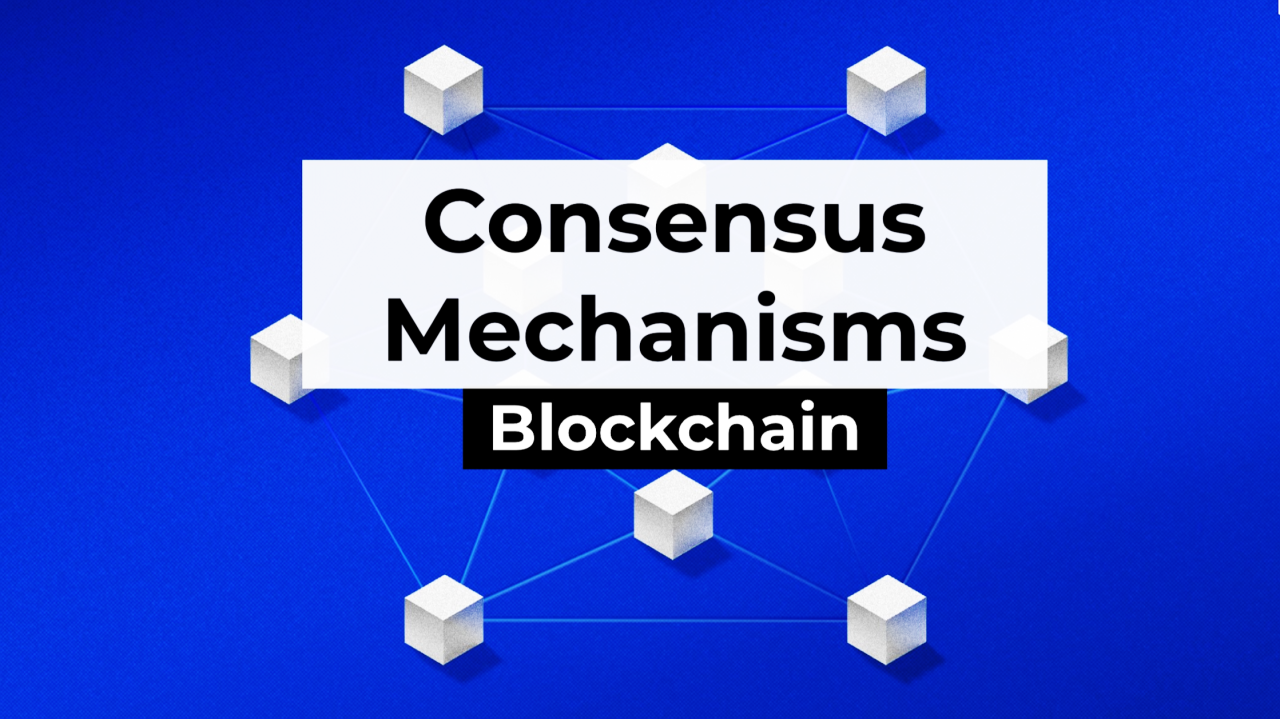Consensus mechanisms keep blockchains honest, but some might threaten decentralization. Can speed and security truly coexist in this digital arms race?
When you hear the term consensus mechanism, it might sound like corporate jargon or something from a sci-fi flick about robots deciding humanity’s fate. But in the world of blockchain technology, it’s a pretty big deal. Consensus mechanisms are the unsung heroes that keep decentralized ledgers honest and running smoothly. They answer a crucial question: how does a consensus mechanism work to ensure everyone playing this digital game is on the same page?
Imagine a vast network of computers, all trying to agree on the same record book. It’s like a global game of telephone, but with no room for mistakes or cheating. That’s where consensus algorithms step in. They’re the rules that help all these nodes decide what’s real and what’s not, so no funny business happens.
Vitalik Buterin, co-founder of Ethereum, once said,
“Consensus is what keeps the network secure, decentralized, and functioning without a central authority.”
Proof of Work: The Original Heavy Lifter
The oldest and most famous consensus mechanism is Proof of Work (PoW). Bitcoin made it famous, mostly because it requires computers (miners) to solve insanely hard puzzles. The first miner to solve these puzzles gets to add the next block to the chain and scoops a reward.
Sounds fair, right? Well, yes and no. PoW is secureslowenergy-hungry. Seriously, Bitcoin mining farms gulp more electricity than some countries.
Proof of Stake: The Energy-Saver
Enter Proof of Stake (PoS). Instead of burning endless kilowatts, PoS lets validators “stake” their coins to earn the right to create new blocks. It’s like putting money on the line to vouch for the next batch of data. The more you stake, the higher your chances of being picked.
PoS is faster and much lighter on energy, but some critics say it could favor the rich — those who already have more coins get more power in the network, potentially threatening decentralization.
Practical Byzantine Fault Tolerance: When Trust Is Fragile
Then there’s Practical Byzantine Fault Tolerance (PBFT). It’s designed for smaller networks where participants know each other but can’t fully trust one another, like banks. PBFT involves a lot of back-and-forth messaging to make sure everyone agrees on the same state.
It’s fast and energy-efficient, but it struggles with scalability. Trying to manage hundreds or thousands of nodes this way turns into a communications nightmare.
Trade-offs Matter: Security, Speed, Decentralization
You’d think there’s a perfect solution, right? Unfortunately, no. Consensus mechanisms continuously juggle three big trade-offs:
- Security: How resistant is the system to fraud or attacks?
- Speed: How fast can it confirm transactions and update the ledger?
- Decentralization: How distributed is control among nodes?
PoW scores high on security and decentralization, but sucks at speed and energy efficiency. PoS improves speed and cuts energy use but can weaken decentralization. PBFT is fast and energy-friendly but has scalability issues.
Andreas M. Antonopoulos, a blockchain expert, points out,
“A consensus mechanism is the heartbeat of a blockchain. Without it, you’d just have a lot of computers disagreeing and no true ledger.”
Other Players in the Game
Apart from the big three, there are many hybrids and newcomers. Delegated Proof of Stake (DPoS), Proof of Authority (PoA), and newer concepts like Proof of History (PoH) aim to fix problems left by older algorithms.
Each tries to balance those pesky trade-offs differently, often trading some decentralization for speed or vice versa.
Bottom Line: Why Consensus Mechanisms Matter
Consensus mechanisms are not just geeky tech details. They’re the invisible guardians of trust on decentralized networks, making sure no one cheats, everyone plays by the rules, and the whole system ticks along smoothly. Without these complex and often imperfect methods, blockchains wouldn’t be more than a digital pipe dream.
For further deep dives into how these systems keep distributed ledgers synced, explore insights from IBM Blockchain and Blockchain.com’s Learning Portal.
Disclaimer
The information on this website is for educational purposes only, and investing carries risks. Always do your research before investing, and be prepared for potential losses.
18+ and Gambling: Online gambling rules vary by country; please follow them. This website provides entertainment content, and using it means you accept out terms. We may include partnership links, but they don't affect our ratings or recommendations.
Crypto promotions on this site do not comply with the UK Financial Promotions Regime and are not intended for UK consumers.





